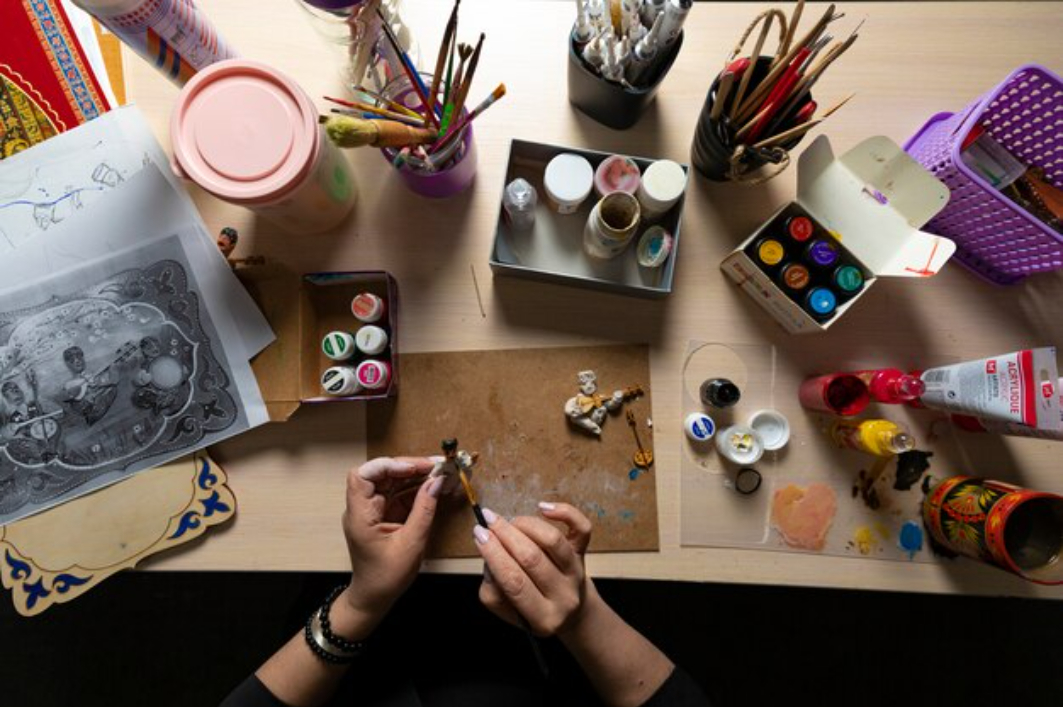
Imagination Crafting: Nurturing Creative Minds in Preschoolers
Understanding the Power of Imagination
Imagination is more than mere child’s play; it is the driving force behind cognitive development, problem-solving skills, and emotional growth in preschoolers. Through imaginative play, preschoolers develop their language and communication skills, learn to think critically, and gain a deeper understanding of the world around them. Imagination crafting capitalizes on this innate ability, allowing preschoolers to explore their creativity and express themselves in unique ways.
Creating an Imaginative EnvironmentTo foster imagination in preschoolers, it is essential to create an environment that encourages and supports their imaginative endeavors. Consider the following strategies:
Engaging in Imaginative Play Imaginative play is a cornerstone of imagination crafting. By engaging in open-ended play, preschoolers can explore various roles, scenarios, and narratives. Consider the following activities:


